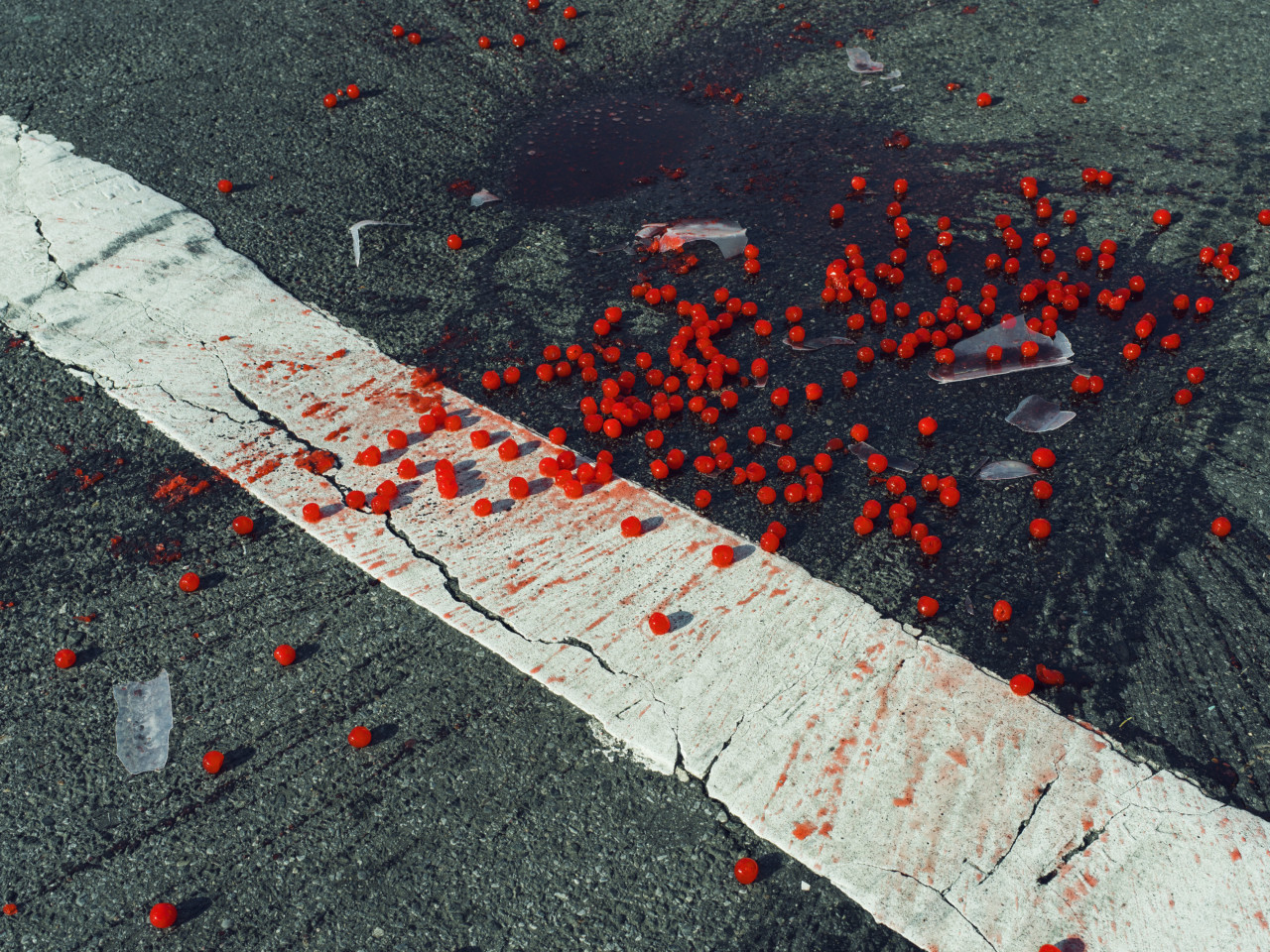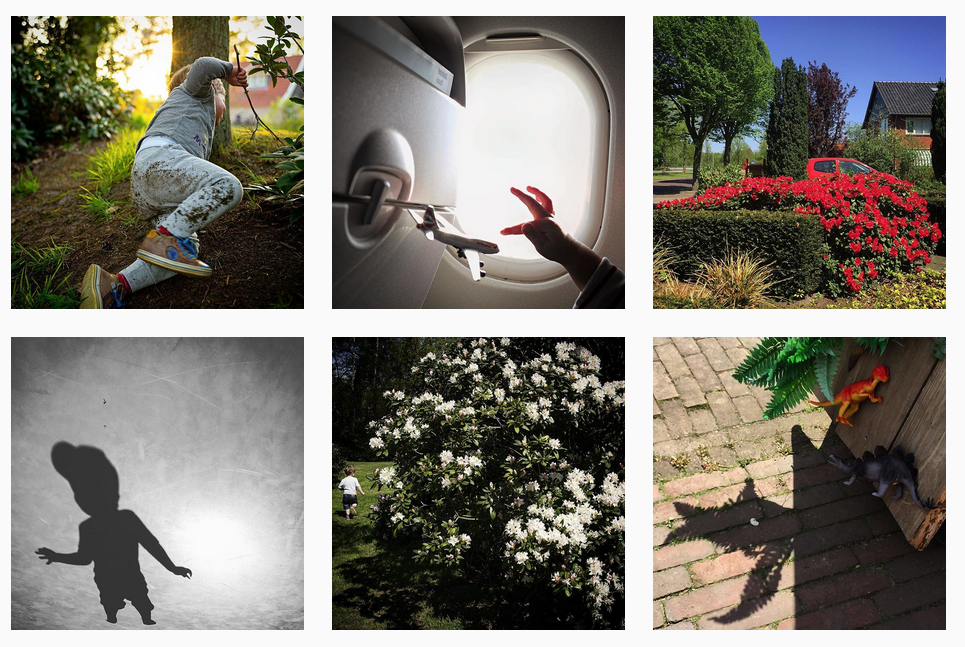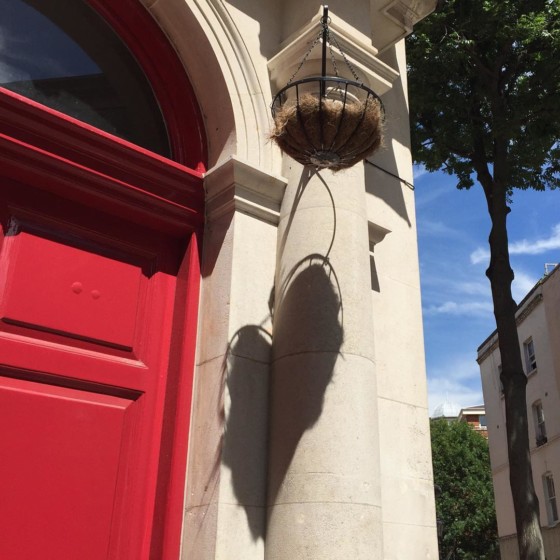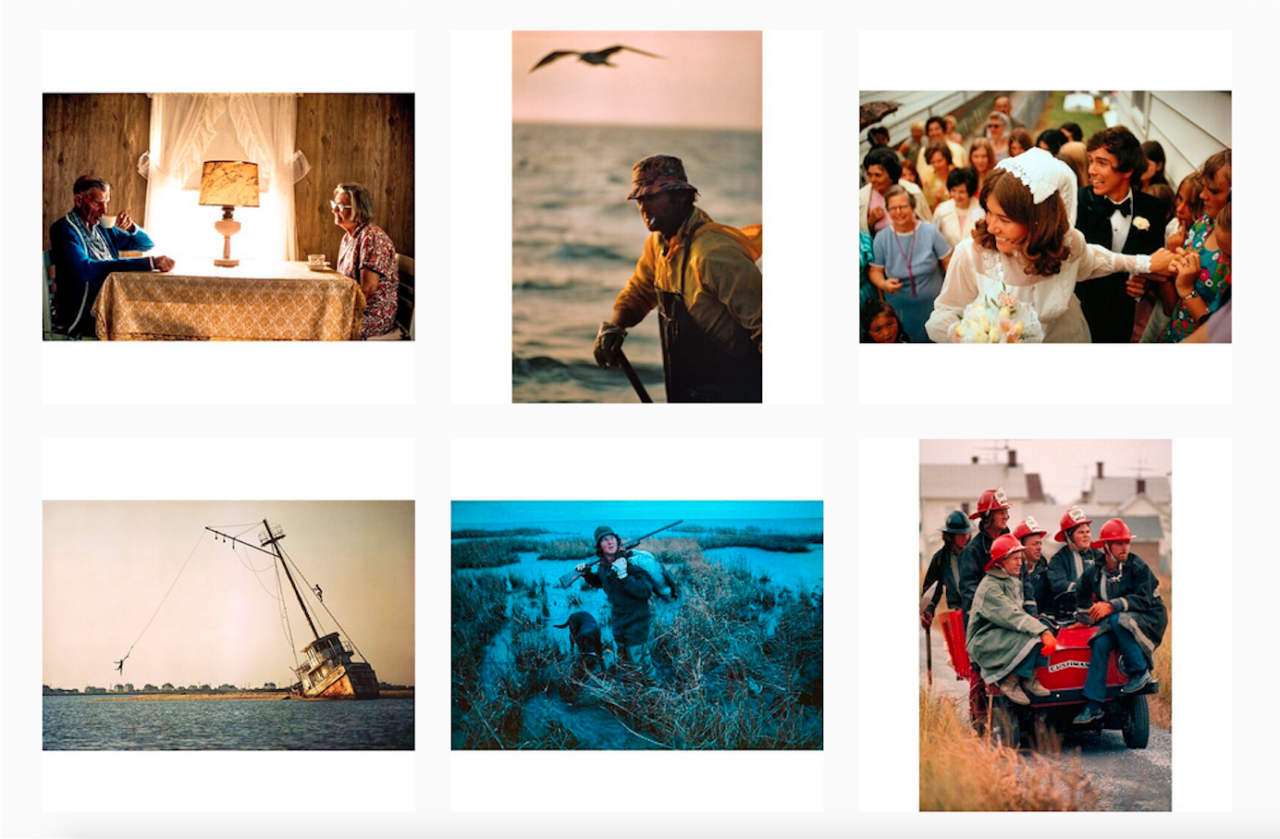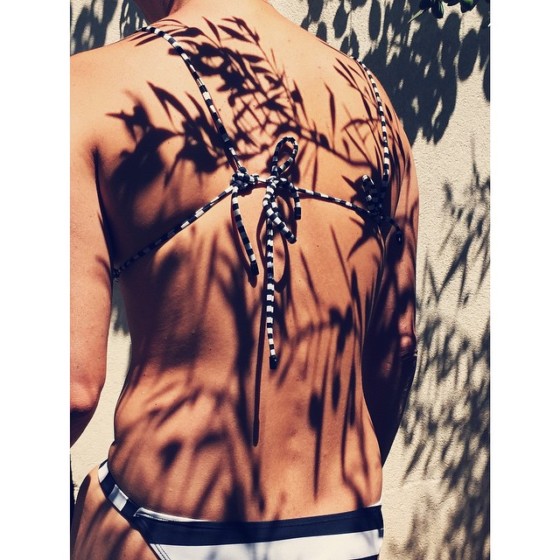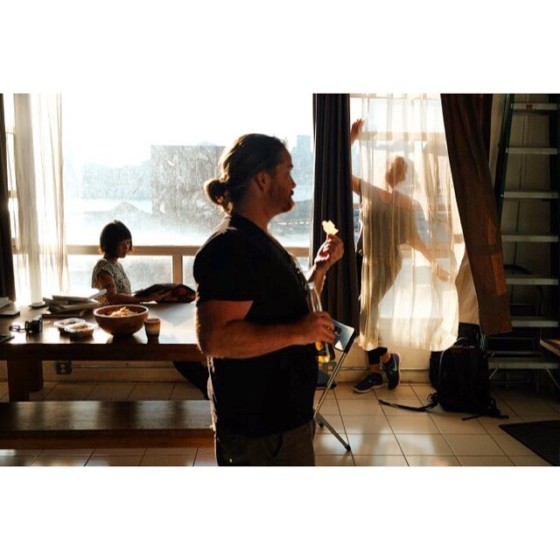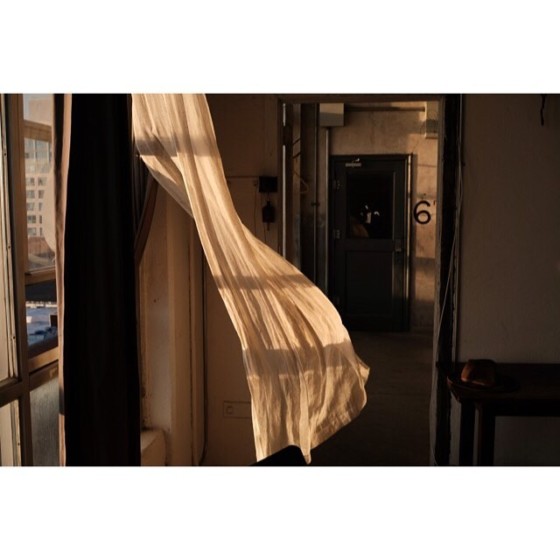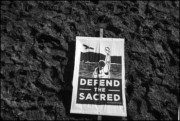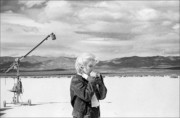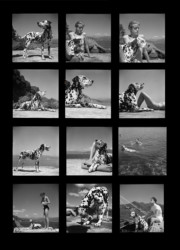5 Instagram Lessons from Magnum Photographers
Three Magnum Photographers weigh in on Instagram and how to embrace it
Magnum Photographers
As part of an ongoing pursuit of delving into the practices of Magnum photographers, Magnum has asked David Alan Harvey, Christopher Anderson and Matt Stuart to share their views on using Instagram, the ubiquitous social media app that has far reaching implications for photographers. Here, we present five things to consider for emerging and professional photographers who use the app.
Be yourself
The lack of editors directing your work on Instagram, allowing you to share directly with an interested audience, means you can be more experimental and true to yourself in the work you publish.
“Before, when I was hired by magazines, there were certain parameters. The director of photography had to like you and then the editor had to like him or her and then the publisher had to worry about the advertisers – so you’re essentially three people removed from your audience. The magazine has an audience but the photographer’s only audience is the people who hired them. So that’s why I like Instagram, and social media in general, because you do what you want to do and you create your own little world, you have complete control. If you do something interesting, you’re going to attract an audience of some kind. Whoever loves you actually loves you, they don’t love National Geographic or the Sunday Times, they love you. And if that audience grows, you’re doing something right.” – David Alan Harvey
“In my case it was important to be on Instagram because it has become such a fulfilling and fun creative outlet. I am able to look at, think about and take pictures with a freedom and immediacy that is more difficult with my ‘work’.” – Christopher Anderson
Personal VS. professional: find your line
While Instagram is the ideal place for photographers to show off their work, it also allows for more personal and private moments to be shared. For professional photographers, this becomes a balancing act between providing glimpses into their lives and maintaining their professional brand.
“I guess the right mix is being myself. I don’t apply an algorithm to it. I just have fun and stay curious about what my life is presenting at the moment. By nature, that is going to weave in and out of my personal life, pictures that may or may not be ‘professional’, friends and family and little things that are happening to me that day or that I might appreciate or notice.” – Christopher Anderson
“I try to be generous with my work and life and to communicate to as broad an audience as possible. For instance, my mum follows me on Instagram and likes to look at it to see where I am, what I am doing and what my kids are up to – very few followers are as important as her, so I post those types of photos for her to see. In the same breath, photographers like to see the latest ‘keeper’ photo that I might be pleased with, or the book or camera I am using, and so on. I think these images and thoughts are all worth sharing. I like an eclectic mix of everything as it gives a more revealing window into my life.” – Matt Stuart.
Treat it like your sketchbook
Many photographers approach Instagram in much the same way they would a personal sketchbook, but one in which images are viewed publicly. In this sense, using Instagram can become a natural extension of their professional practice.
“When I got into blogging, social media and Burn magazine, it was the most natural thing for me. Working with magazines was unnatural, it was a pain in the ass. Any photographer would tell you – it was a whole process to go through for acceptance and to get paid. I haven’t done anything different since I was a kid. I was always taking pictures every day anyway, so I was prolific. I always had a visual diary, it is in my family and in my blood.” – David Alan Harvey
“I use Instagram as a sketchbook/scrapbook of my life, so maybe it has loosened me up a bit and made me share more than I would usually with my serious work. I think it is the most social of social media apps as pictures communicate so instantly. It’s a joy to bypass the ranting and raging of Facebook.” – Matt Stuart
Your Audience, Your Client
Having an audience viewing and engaging with your work means you are in direct contact with potential customers who may be willing to buy your product.
“I monetize my audience by selling workshops, books and prints. The beauty of it is you are monetizing the audience in a nice way, you don’t have to pay any rent but you’ve got a store. You just put your product in the window and see if people like it. And if they don’t there isn’t any investment up front. Social media is just a way to get to more books, more prints, more personal experiences. I don’t use it as an end in itself. To me, pictures on Instagram are just the way to get to the real thing – books, prints, workshops – all things that increase in value. I view them as investments on the part of the people that buy them from me.” – David Alan Harvey
Embrace Changes
Rather than sounding the death knell for photography, it’s important to recognize the opportunities that technology can afford and the future possibilities this holds for photographers.
“Every time you move forward with technology you gain something and you lose something. For the young photographer today what they don’t have any more are the large commissions from the magazines but by having an audience through social media – if you can build an audience, if you are interesting to enough people – you have a lot more control and power than you ever had working for the publishers… In the future something will replace these things, it will always change. Also now with the technology, for example Instagram coming up with a new, longer video format, some really serious stories can be told. Maybe something weird is going to happen and it’s somehow going to get worse but a lot of better stuff is coming.” – David Alan Harvey


